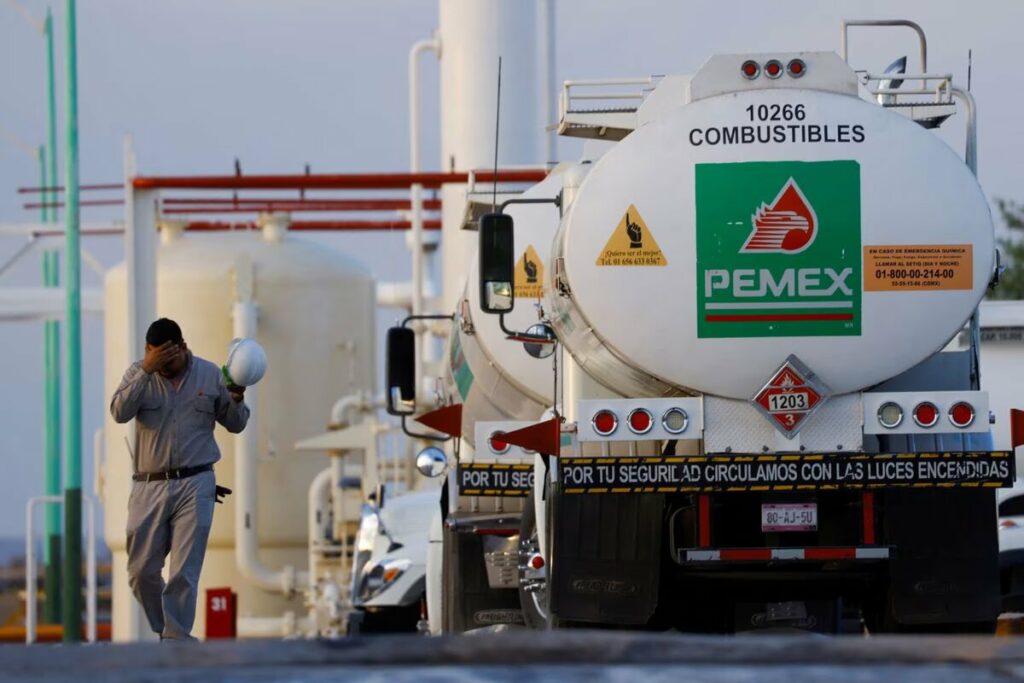The two power units, one coal-fired and one natural gas-fired, were launched by Japan’s largest power producer JERA and steelmaker Kobe Steel Ltd 5406.T, the firms announced on Wednesday.
The launch takes place as Japan struggles with limited power capacity while working to meet its 2050 carbon-neutrality target. Japan has been accused by environmentalists of constructing additional fossil fuel-fired power stations, and the nation recently began using ammonia to co-fire with coal in order to cut emissions.

A new gas-fired unit at the Anegasaki thermal power station outside of Tokyo, according to JERA, one of the biggest consumers of liquefied natural gas (LNG), has a producing capacity of 650 megawatts (MW).
In April and August, respectively, the business intends to introduce two other new units at Anegasaki with the same capacity.
Separately, Kobe Steel, the third-largest steel producer in Japan, announced the opening of its 650 MW coal-fired unit 4 at its Kobe power plant, which is close to Osaka, the nation’s second-largest city. The unit is intended to serve Kansai Electric Power Co 9503.T.
Energy-poor As it comes closer to its objective to achieve carbon neutrality by 2050, on par with other industrialised nations, Japan is increasing its use of cleaner fuels, such as ammonia and hydrogen, and is building carbon capture projects.

















